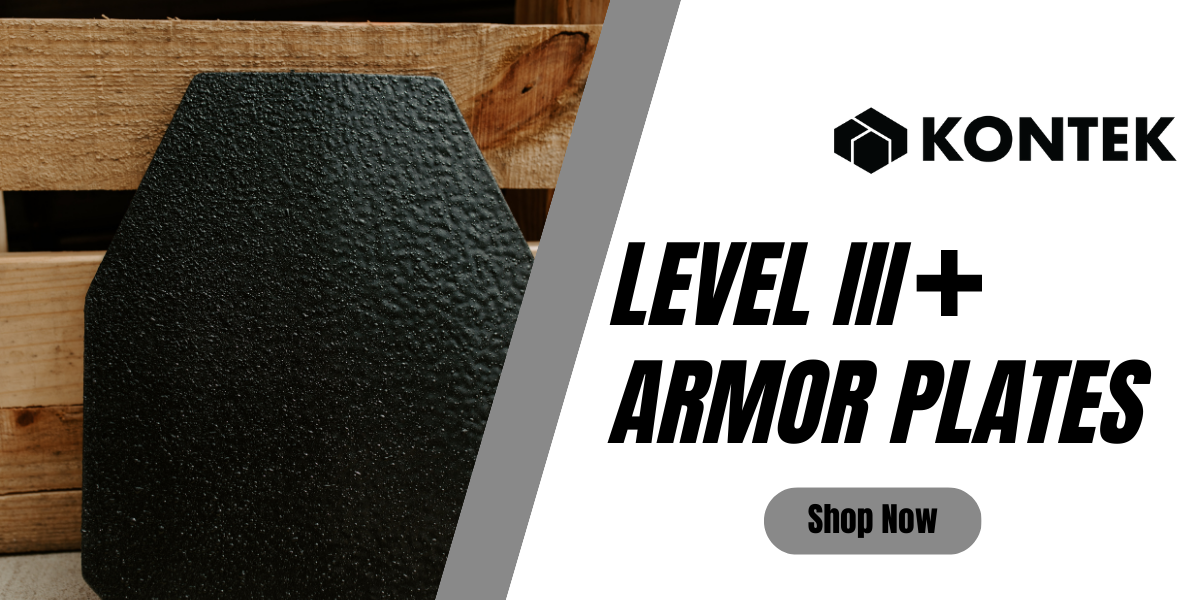
CQB isn’t forgiving.
When split-second decisions make the difference between mission success and failure, your training has to do more than look good on paper. You need pressure, obstacles, and unpredictable angles. That’s where shooting barricades come in.
In this blog, we’ll take a look at how shooting barricades shape tactical performance, why they matter in close-quarters combat (CQB) training, and what to consider when choosing the right setup.
Why Realistic Training Environments Matter
High-stress, close-proximity situations demand more than just marksmanship. They require composure, communication, and the ability to react quickly while working within tight spaces and around cover. Shooting barricades allow instructors to create those compressed, high-pressure conditions safely.
By integrating barricades into drills, teams get to experience the stress of working angles, maintaining proper cover, and engaging targets without exposing themselves unnecessarily. It turns flat-range training into something much closer to what they'll encounter in real-world missions.
These scenarios give instructors a platform to evaluate more than just shooting accuracy. They can assess how operators move, communicate under stress, and maintain control of their weapon system in tight and unfamiliar spaces. That insight is invaluable when preparing for real-world operations.
What a Shooting Barricade Actually Does
A shooting barricade introduces structure and complexity to an otherwise open range. Whether it simulates a doorway, a piece of cover, or a partial wall, the barricade creates tactical limitations that require decision-making on the fly.
It forces shooters to think: Should I stand, kneel, or go prone? Is this cover usable from both sides? Can I maintain muzzle awareness while transitioning from one side to the other?
These questions are exactly what CQB training is meant to raise and answer through repeated reps in controlled environments.
It also allows trainers to challenge shooters with unconventional angles and constrained fields of fire. With a little creativity, instructors can replicate scenarios that are difficult to teach on a flat range, such as shooting from behind cover while managing a doorway breach or navigating confined spaces.
Training Advantages You Can’t Get From a Flat Range
Develops Cover Awareness
Operators learn to respect cover and understand how to work around it, improving survivability in a real engagement. This awareness becomes a natural part of movement when practiced regularly.
Encourages Tactical Movement
Moving to and from cover, switching shoulders, and changing firing positions become second nature with enough repetition. These micro-skills contribute to overall readiness.
Supports Versatile Target Engagements
Barricades make target exposure unpredictable, helping shooters build the mental flexibility needed to adapt quickly. Changing target height, placement, and visibility trains a sharper eye.
Sharpens Reaction Timing and Angles
By introducing visual and spatial obstacles, shooting barricades refine judgment calls under pressure. Operators improve their ability to process movement and threat appearance from multiple directions.
Combined, these advantages help bridge the gap between textbook tactics and their real-world execution.
Portable and Modular Barricades
CQB environments vary from one mission to the next. A good training barricade should be able to adapt just as quickly.
Portability allows instructors to shift layouts between runs or transport equipment between facilities. A lightweight or wheeled setup means a single barricade can serve multiple functions during a training day. This adaptability can be a game-changer for teams training in shared or temporary spaces.
Modularity helps mix up angles, target exposure, and engagement scenarios. Training setups shouldn’t stay static; with the right configuration, barricades can represent corners, hallways, windows, and more with minimal equipment.
Adaptability ensures the barricade is useful indoors, outdoors, on flat ground, or uneven terrain. Whether you're training a small unit in a warehouse or running large-scale drills on a range, flexibility is key to making the most of your time and space.
Scaling Barricade Use to Your Facility and Mission
No two training environments are the same. The value of a shooting barricade lies in how easily it can be incorporated into the space and mission profile you have.
Start with the basics: a few barricades to practice movement and cover utilization. As your training objectives evolve, your barricade configurations can become more complex. You might simulate a hallway, a breached doorway, or a room corner. Whatever your team needs to work through real-world scenarios.
It also matters how a barricade integrates with the rest of your training ecosystem. Can it be combined with target systems? Does it challenge your team to problem-solve? The more ways you can use a barricade, the more valuable it becomes.
Contact Kontek Industries
If you are looking to add a professionally designed shooting barricade to your tactical training, contact Kontek Industries to discuss what you need. Kontek’s Training Range Barricade is designed to be a cost-effective solution to provide strategic, safe, and realistic training for operators to replicate fire and movement from defensive positions in a light, rapid deployment package. You can either select from an existing catalog of designs or create your own custom barricade design with our team.
Our barricades are constructed from resilient polymers for rigid structure, designed to be safe for range training, and helps prevent ricochets. This is a cost-effective training tool that requires minimal preventative maintenance, and it advances the instruction of proper firing techniques from static and/or mobile defensive positions. Tactical training instructors will have more flexibility on the range and an increased variety of training scenarios in a shortened time and with a smaller footprint.
Contact the office at Kontek Industries today to discuss your tactical training needs.


